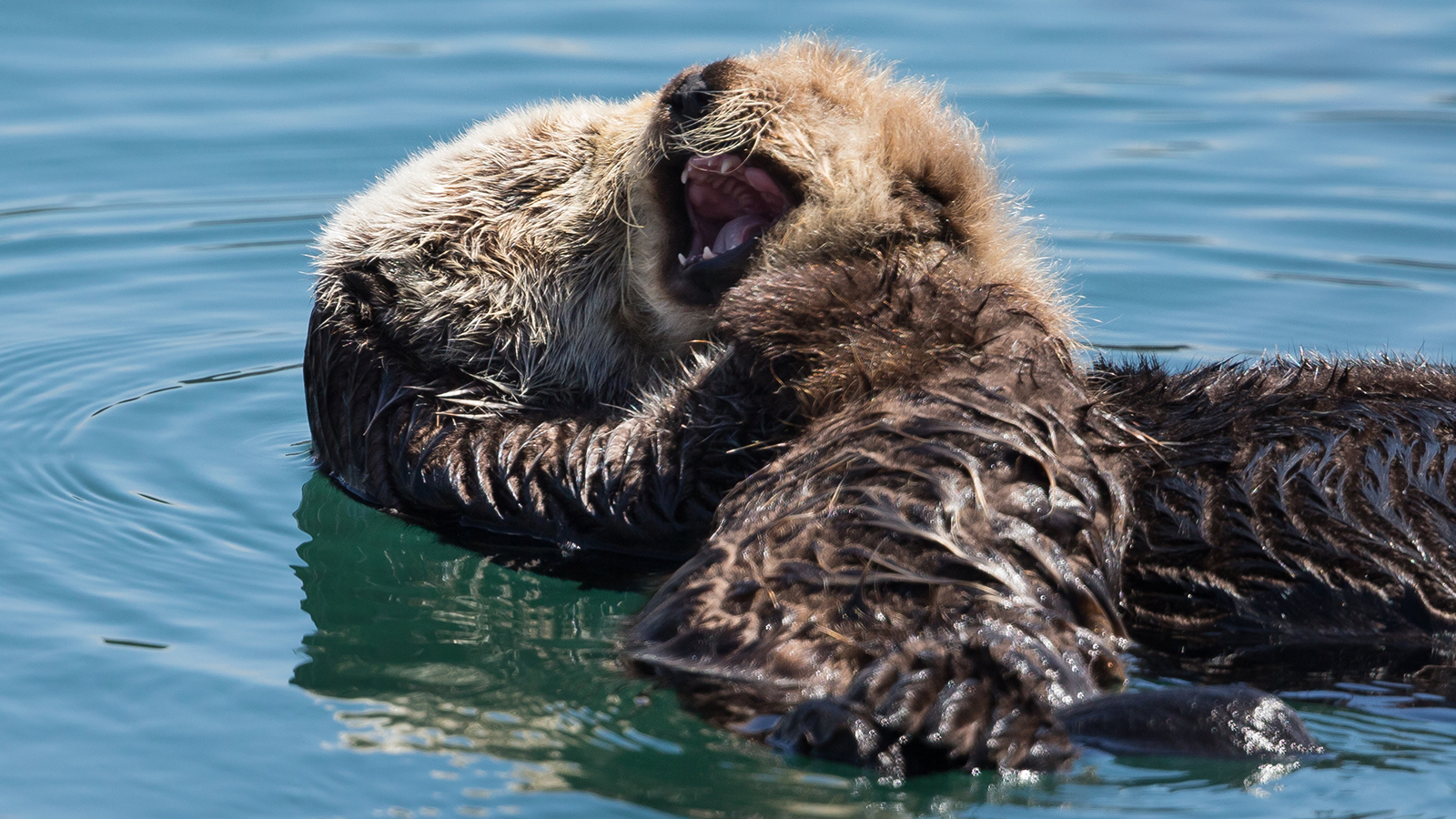
Sea otters are restoring eelgrass in Monterey Bay
As apex predators, sea otters help ocean ecosystems in surprising ways, if we let them.
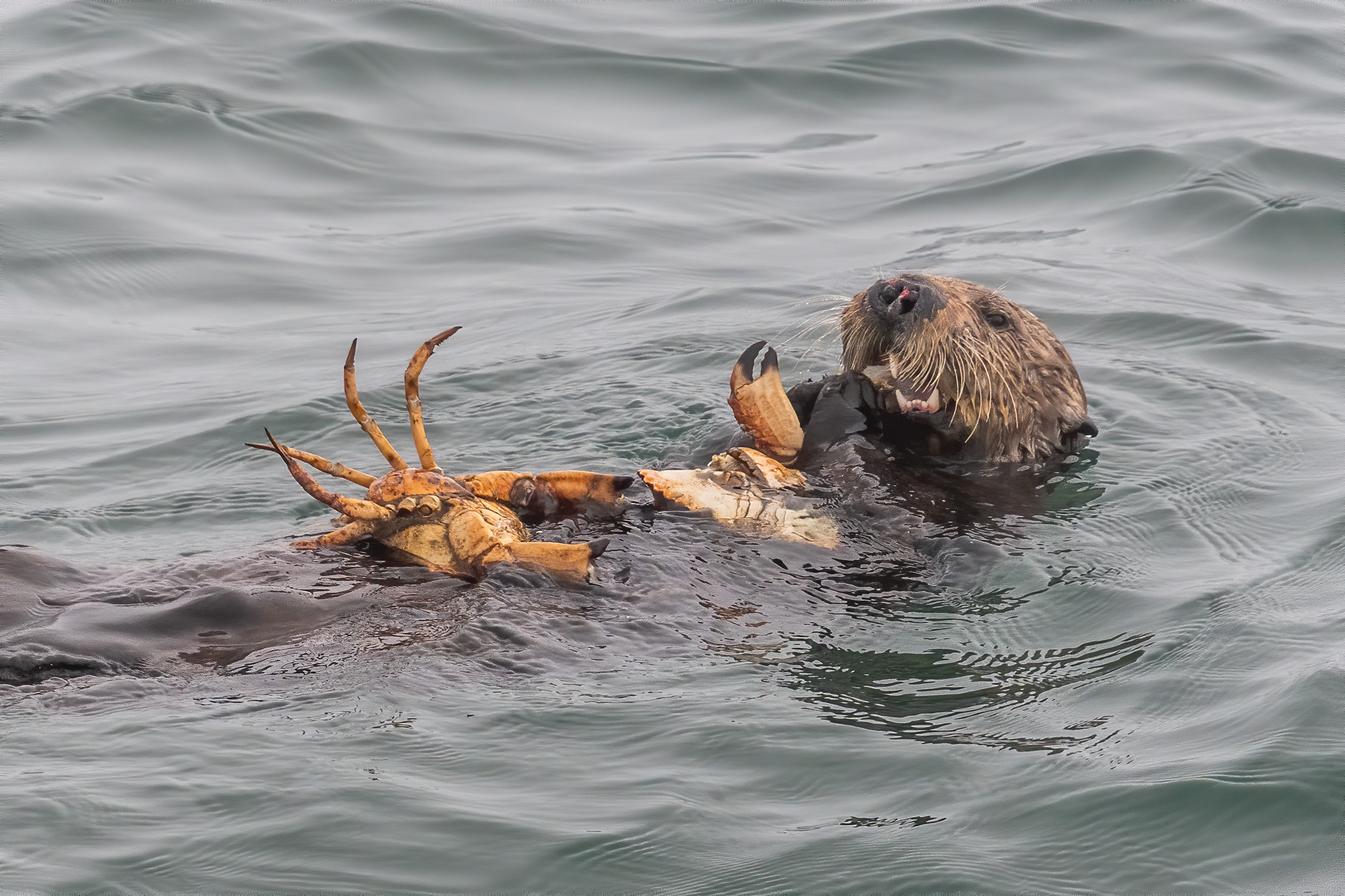
Sea otters are very big eaters. And by chowing down, these playful little creatures are restoring and creating healthy ecosystems in California’s Monterey Bay. In a ‘clamshell,’ here’s how it works:
Otters eat crabs, and in the Bay, reducing the number of crabs has led to more sea hares, a slug. These uncharismatic slugs eat algae on eelgrass, i.e. it cleans the grass, which is valuable because the grass has seen what NOAA calls “significant degradation” from pollution and other factors. Healthy eelgrass leads to better habitat for all types of fish and other species. And here’s the kicker… growing eelgrass also stores carbon.
It almost sounds too simple, but nature can begin to heal if we let it. As scientist and Navy vet Ron Eby told CBS News, “It’s a beautiful story about nature getting back in balance.”
This Monterey case study also points to why we’re more than onboard with reintroducing sea otters to Oregon and northern California waters, where long ago fur hunting wiped out their presence.
Last year, the U.S. Fish and Wildlife Service studied the feasibility of reintroducing southern sea otters and concluded that “doing so would result in significant conservation benefits to the species… and to nearshore marine ecosystem.”
Put another way, what’s happening in Monterey Bay with otters and ocean health is what’s expected to happen elsewhere, when and if otters are reintroduced.
Let’s do this.

See the Campaign
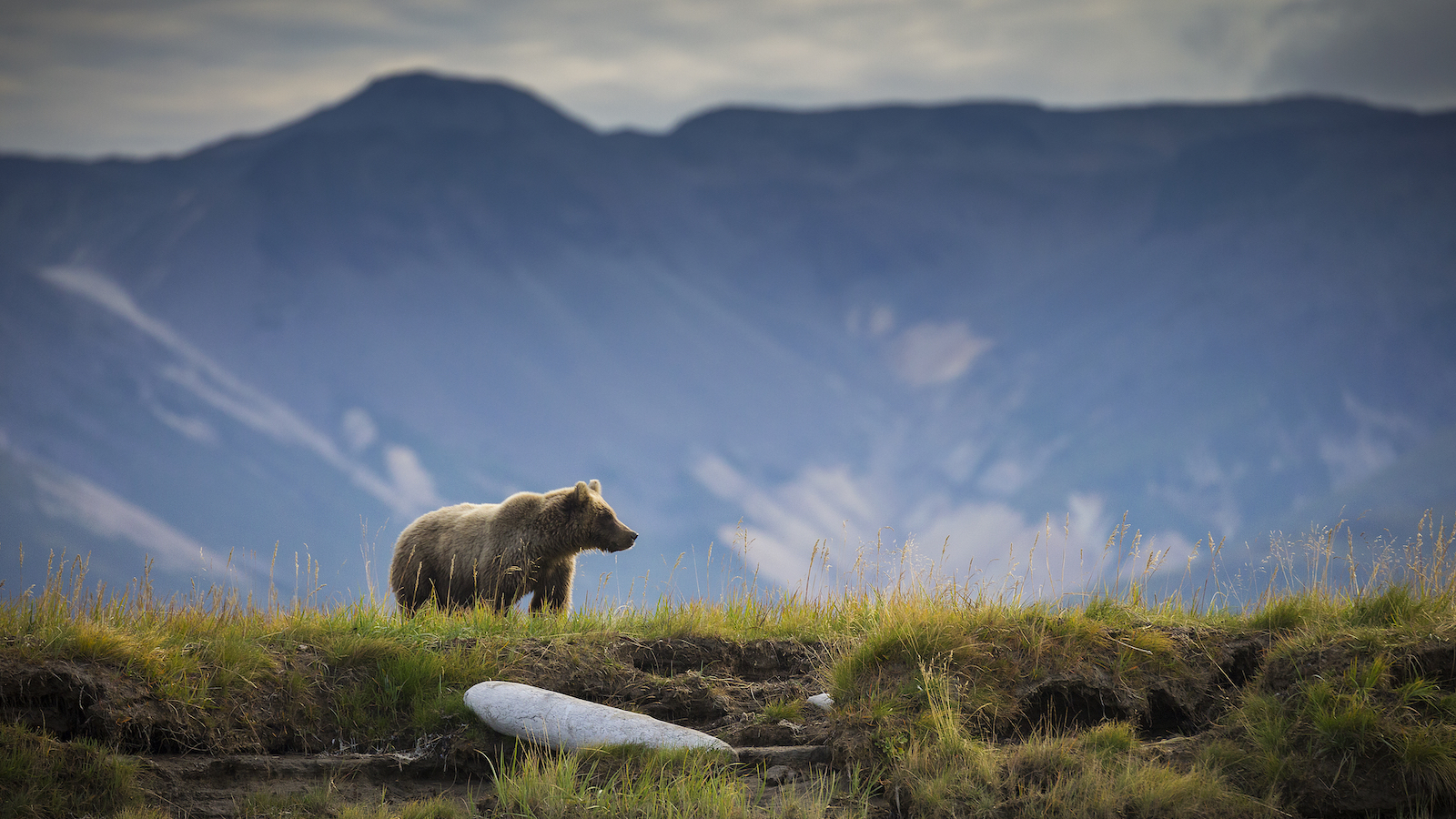
Save America’s Wildlife
Topics
Updates

Energy Conservation & Efficiency
Department of Energy finalizes water heater efficiency standards
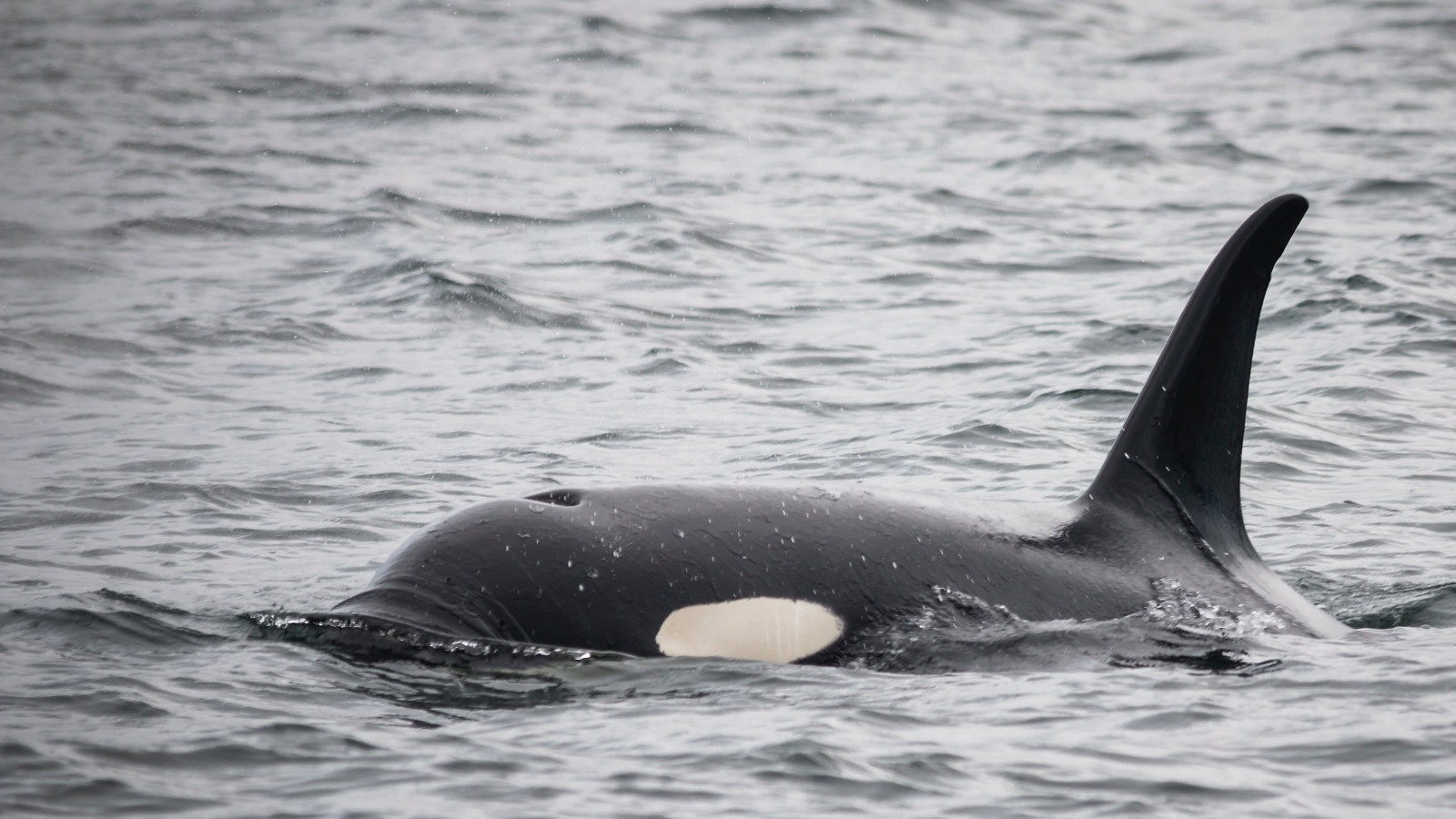
There may be a new group of orcas in the Pacific
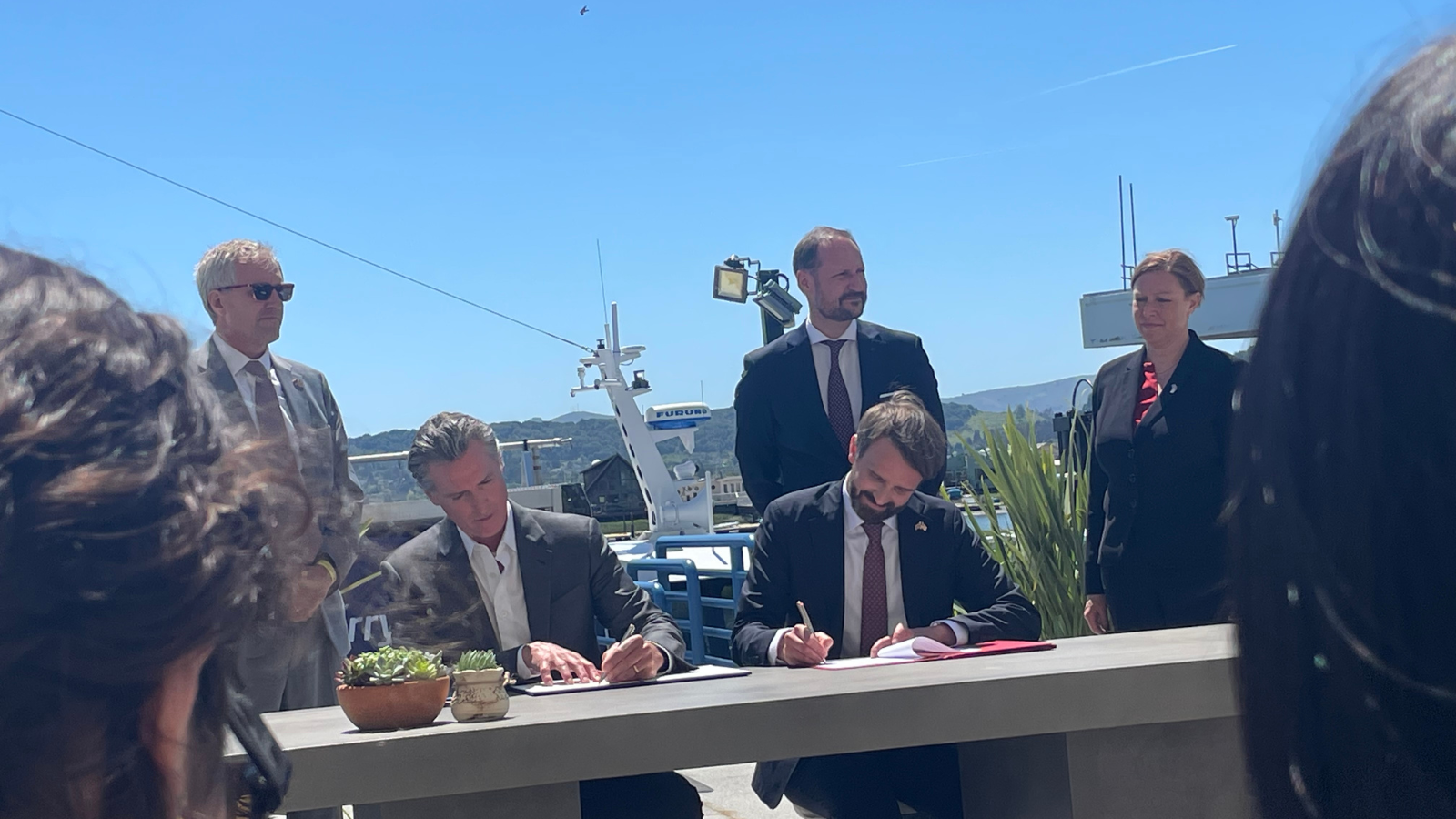
California and Norway join forces to act on climate
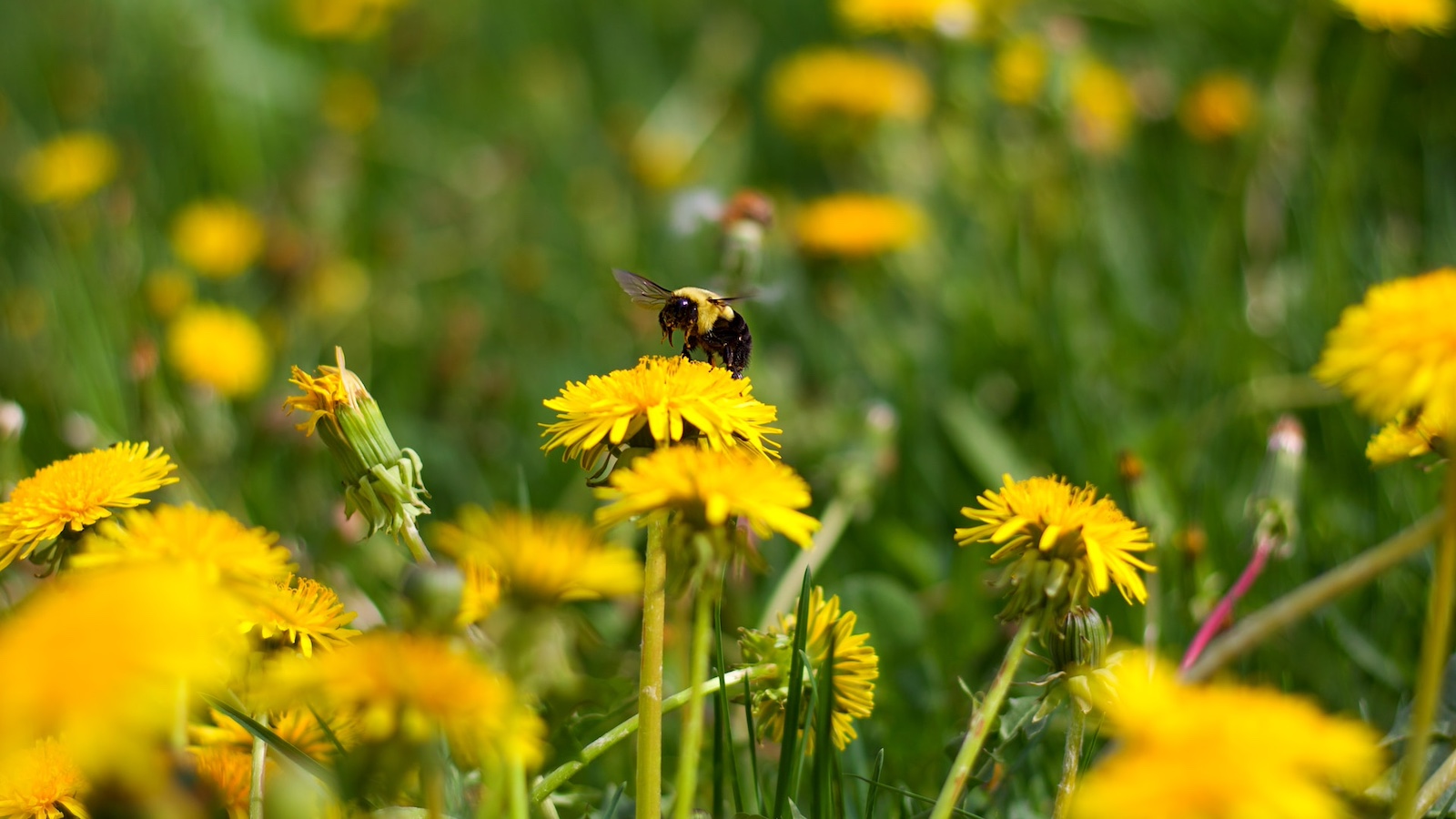
New grants can make our roadsides bee-friendly

Energy Conservation & Efficiency

